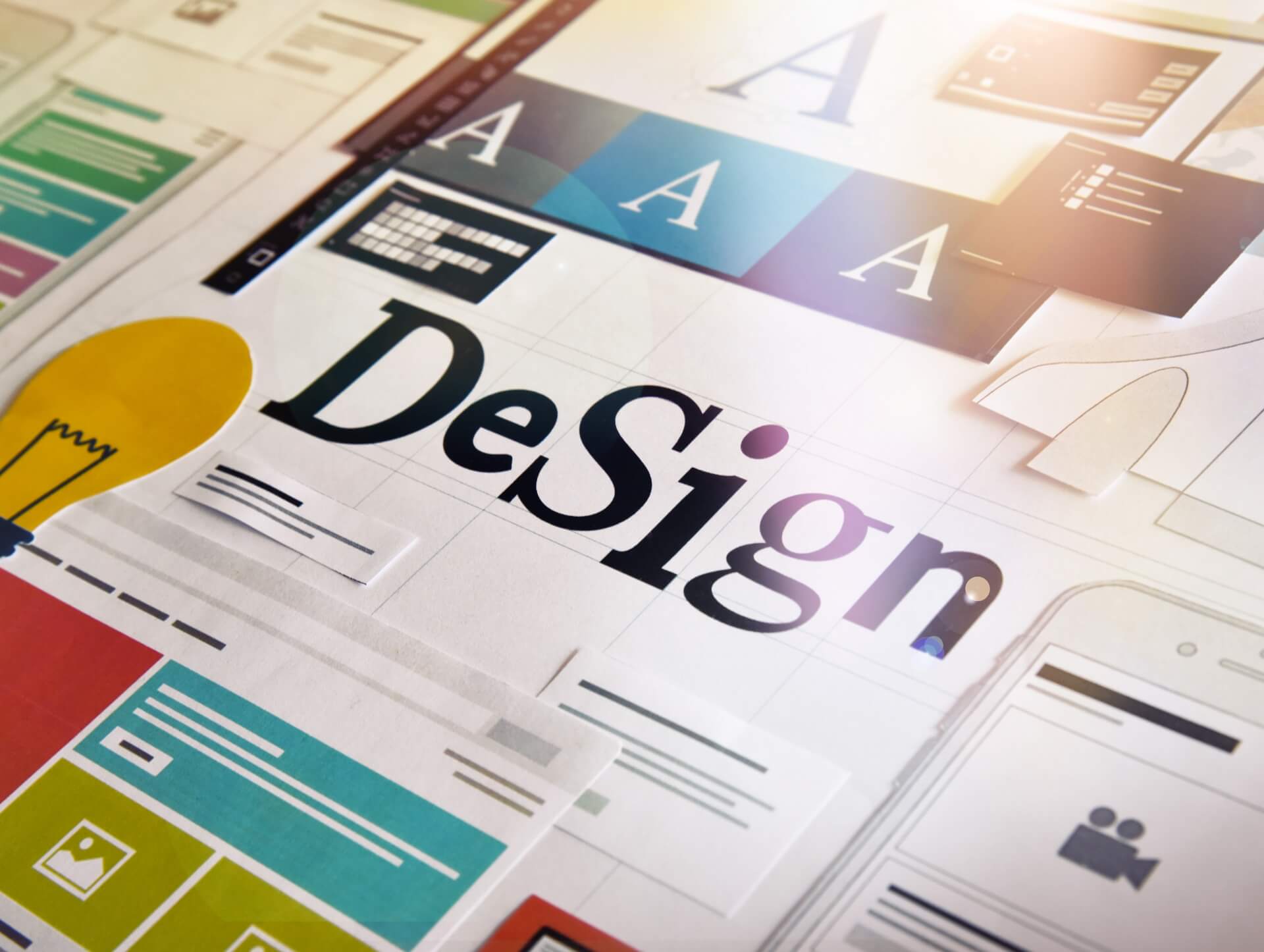The relationship between graphic design and user experience

06/09/2023
Graphic design and user experience (UX) are two essential components that play a significant role in the success of a website, app, or any other visual medium. Both graphic design and UX focus on enhancing the overall visual appeal and usability of a product, but they approach it from different perspectives. In this article, we will explore the relationship between graphic design and user experience and how they work together to create a seamless and engaging user interface.
What is Graphic Design?
Graphic design is the art of creating visual content to communicate messages effectively. It involves the use of typography, images, colors, and other visual elements to convey information and evoke emotions. Graphic designers are responsible for creating visually appealing and aesthetically pleasing designs that align with the brand identity and capture the attention of the target audience.
What is User Experience (UX)?
User experience (UX) is the overall experience a user has when interacting with a product or service. It encompasses various aspects, including usability, accessibility, and satisfaction. UX designers focus on understanding the needs and expectations of users and creating intuitive and seamless experiences that fulfill those requirements. They conduct user research, create wireframes and prototypes, and conduct usability testing to ensure the product meets user expectations.
The Role of Graphic Design in User Experience
Graphic design plays a crucial role in user experience. It helps in creating visually appealing and engaging interfaces that attract and retain users. Here are some ways graphic design contributes to user experience:
1. Brand Identity
Graphic design is instrumental in establishing and maintaining a brand's identity. It helps in creating a visual representation of the brand's values, personality, and offerings. Through the use of custom designs, colors, typography, and visual elements, graphic designers create a cohesive brand identity that resonates with the target audience. This consistent branding across various touchpoints enhances the user experience and builds brand recognition and loyalty.
2. Visual Solutions
Graphic design provides visual solutions to complex problems. It helps in organizing information, presenting data in a visually appealing manner, and guiding users through the interface. Visual hierarchy, typography, and the use of white space are some of the graphic design principles that enhance the user experience by making the content easily scannable and digestible. A well-designed interface improves readability and ensures users can navigate through the product effortlessly.
3. Creative Collaboration
Graphic designers collaborate with UX designers, developers, and other stakeholders to create cohesive and user-friendly designs. Their creative input helps in finding innovative solutions to design challenges and ensures that the visual elements align with the overall UX strategy. Creative collaboration between graphic designers and UX designers leads to a more holistic and integrated user experience, where the visual and interactive elements seamlessly blend together.
4. Ongoing Creative Support
Graphic design is not a one-time task; it requires ongoing support and maintenance. As the product evolves, graphic designers play a crucial role in updating and refining the visual elements to keep them aligned with the latest trends and user expectations. They work closely with UX designers to analyze user feedback and make iterative improvements to the design. Ongoing creative support ensures that the product remains visually appealing and continues to provide a delightful user experience.
The Role of User Experience in Graphic Design
While graphic design focuses on creating visually appealing designs, user experience ensures that those designs are intuitive, usable, and enjoyable for the users. Here are some ways user experience contributes to graphic design:
1. Design Consultation
UX designers provide valuable insights and recommendations to graphic designers during the design process. They conduct user research, analyze user behavior, and understand user needs to inform the graphic design decisions. By involving UX designers in the early stages of the design process, graphic designers can create designs that align with user expectations and deliver a seamless user experience.
2. Tailored Design
User experience designers play a crucial role in tailoring the graphic design elements to meet the specific needs of the target audience. They conduct user research to understand the preferences and behaviors of the users and use that information to inform the graphic design choices. By tailoring the design to the target audience, graphic designers can create designs that resonate with the users and enhance their overall experience.
3. Design Retainers
User experience designers often work in collaboration with graphic designers through design retainers. Design retainers are ongoing partnerships where UX designers provide design expertise and guidance to graphic designers. This collaboration ensures that the graphic designs are aligned with the overall UX strategy and meet the user's needs. Design retainers also provide a platform for ongoing creative support and maintenance, ensuring that the designs remain relevant and effective over time.
4. Unlimited Revisions
User experience designers advocate for iterative design and continuous improvement. They encourage graphic designers to embrace feedback and make unlimited revisions to the designs based on user feedback and usability testing. By incorporating user feedback into the design process, graphic designers can create designs that not only look visually appealing but also provide a seamless and enjoyable user experience.
Conclusion
The relationship between graphic design and user experience is symbiotic. Both disciplines work together to create visually appealing and user-friendly designs that enhance the overall user experience. Graphic design helps in establishing and maintaining a brand's identity, providing visual solutions, facilitating creative collaboration, and offering ongoing support. User experience ensures that the designs are intuitive, tailored to the user's needs, and continuously improved based on user feedback. By integrating graphic design and user experience, businesses can create products that not only look great but also provide a delightful and engaging user experience.
Contact us

Spanning 8 cities worldwide and with partners in 100 more, we’re your local yet global agency.
Fancy a coffee, virtual or physical? It’s on us – let’s connect!

